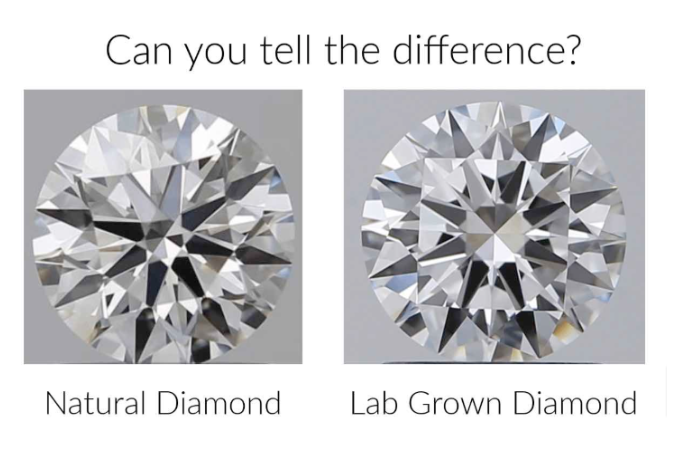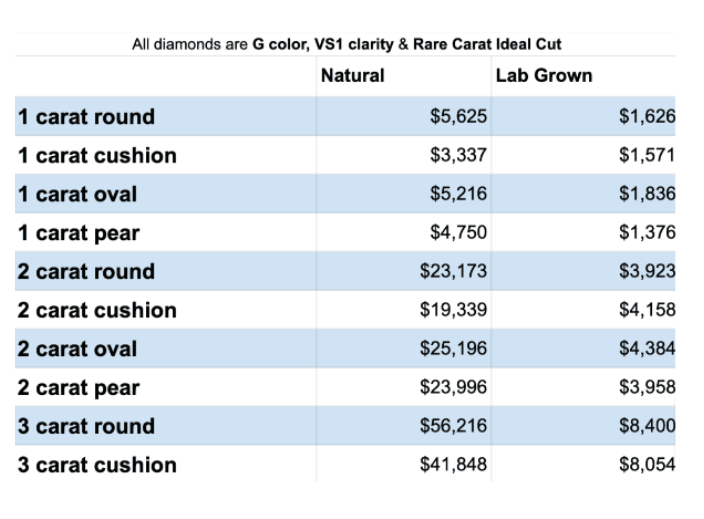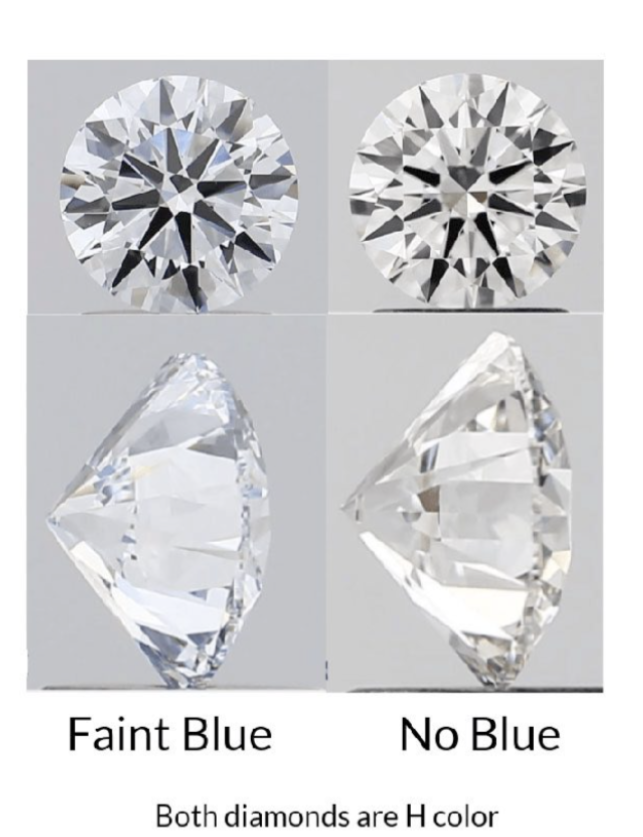
Which Diamond Inclusions Can Be Hidden by Setting Styles and Which One
Nothing is perfect, and natural or lab diamonds are no exception with their clarity and radiance. Diamond inclusions are tiny blemishes or marks within a diamond. They occur in a diamond’s natural formation in the ground or during mining when the stone is mishandled. For lab diamonds, the inclusions result from using the wrong pressure, temperature, and other settings during manufacturing. Fortunately, you can hide some diamond inclusions using different setting styles when making a ring, pendant, or other diamond products. However, the location of the inclusion in the diamond certainly has a bearing on whether it can be hidden. For instance, if the imperfection is at the center of the natural or lab grown diamonds no matter the setting style you choose, it cannot be hidden. Fortunately, Rare Carat uses many settings that can help hide the inclusion, leaving you with a bright-looking diamond.
Diamond Inclusions That Can Be Hidden
Bruise and Cavity Inclusions
A bruise is a tiny area of impact on natural or lab diamonds. On the other hand, a cavity denotes a hole in the stone. Typically, cavities form at the polishing stage of the diamond whenever a knot, feather, or crystal inclusion is removed from the stone, leaving a void on the surface. Fortunately, different setting styles can be used to hide these imperfections. In solitaire settings, for instance, the bezel or prongs holding the diamond in place can be used to cover the imperfection. However, this is only possible if the cavity or bruise is near the corners or edges of the gemstone. Since this showcases a single diamond, the attention is drawn to its center, meaning you won’t focus on imperfections. The many small diamonds packed closely together in a pave setting help conceal any cavity or bruise, creating a continuously sparkling surface. Halo, cluster, and channel settings can also hide these inclusions.
Feather, Needle, and Chip Inclusions
A feather inclusion refers to a minor fracture or cracks within a natural or lab diamond. Based on your viewing angle, feather inclusions may be almost invisible or appear transparent. However, it also can display a white feather-like appearance when it catches the light. While severe feather inclusions can result in durability issues, several setting styles can hide these imperfections, including cluster, halo, bezel, prong, tension, and bead settings. Chip inclusions are small openings on the surface of a diamond near the facet junctions or edges. They usually arise from damages caused in the setting process or accidental knocks.
On the other hand, needle inclusions are long, thin needle-shaped imperfections that have a transparent or white color and appear in clusters. Like feather inclusions, chip, and needle imperfections can be hidden using a halo and other styles that use bezels or prongs like solitaire. However, you also can use cluster settings to hide needle imperfections.
Pinpoint Inclusions
These are tiny crystals or mineral inclusions within lab-grown or natural diamonds. They are microscopic; even when viewed under magnification, they appear as tiny dots. Pinpoint inclusions can be black, white, or even colored, depending on the crystals or minerals present. Fortunately, these imperfections aren’t visible to the naked eye. If located close to the corners or edges of the stone, they can be hidden using prong settings. If the pinpoint inclusions are at the bottom or sides of the diamond, you can hide them using halo or bezel settings.
Generally, most external and internal imperfections on natural or lab grown diamonds can be hidden. Whether internal graining, twining wisps, crystals, knots, or laser drill holes, a jeweler can always find a way to hide them to ensure that your diamond is clear. Settings styles such as clustering, solitaire, pave, and halo are some of the bests you can find at Rare Carat.

Inclusions that Cannot Be Hidden
Cracks, Fractures, and Chips on the Surface
Fractures and cracks on your diamond appear unsightly and weaken your natural or lab grown diamonds. You can imagine your losses and frustrations when your diamond cracks into two after a fall. So, purchase diamonds devoid of large fractures and cracks to avoid this. In addition to looking bad, chips on your diamond’s surface affect its structural integrity. Have you noticed the diamond has already been chipped? Return it to the dealer, as it will likely chip again, regardless of the setting.
Crevices and Large Crystals
Although crystal inclusions can be hidden, large mineral deposits or crystals within a diamond cannot be hidden by any setting styles and will remain visible to the naked eye. Internal crevices or fractures within a diamond can also not be concealed, especially if they are more pronounced. Unfortunately, they profoundly affect the integrity of natural or lab diamonds.

Cloud Inclusions
It is the light that makes a diamond mesmerizing and beautiful. Unfortunately, diamonds with cloud inclusions normally have a diminished light performance, reducing the sparkling and dynamic personality of the stone. This is usually so if the cloud is located within the natural or lab grown diamonds at the point where light rays are concentrated. Hence, hiding such an imperfection becomes difficult, no matter your ring setting style.
Black Carbon Spots
Does your diamond have black spots within? These pesky spots could severely impact the sparkling of your diamond. The black spots block light from bouncing around inside the diamond. So, always choose a stone that has little to no spots. If there are spots, they should be along areas where they can be hidden with a set style.
Carefully Choose a Diamond
Although nothing is perfect, some imperfections in natural or lab grown diamonds can be hidden. Therefore, you must choose a near-perfect stone or one whose imperfections can be hidden by a setting style. Purchasing a stone with many inclusions or imperfections that cannot be hidden will only see you make losses. Are you looking for a diamond pendant, engagement ring, or earring? Look no further than Rare Carat. With our natural and lab diamonds, you can create your pendant or ring according to your style using a range of tools on our website. Visit our online marketplace today for affordable, quality diamonds.



